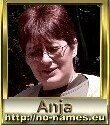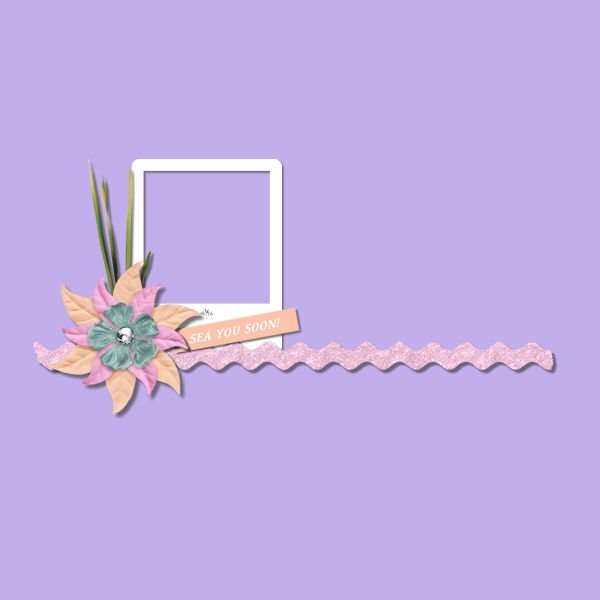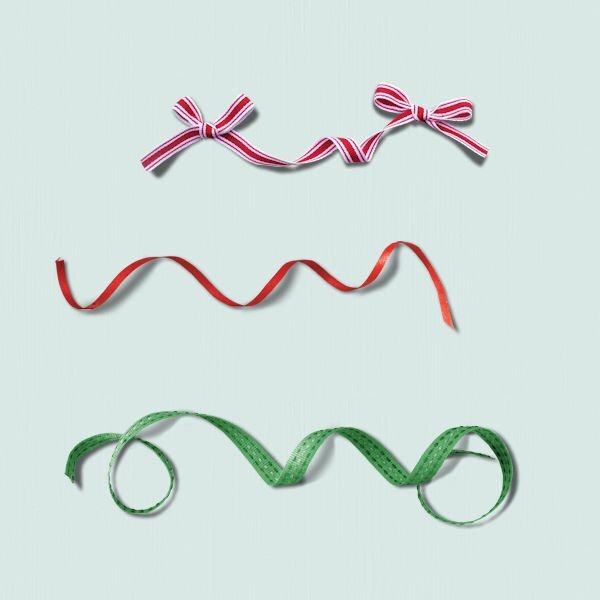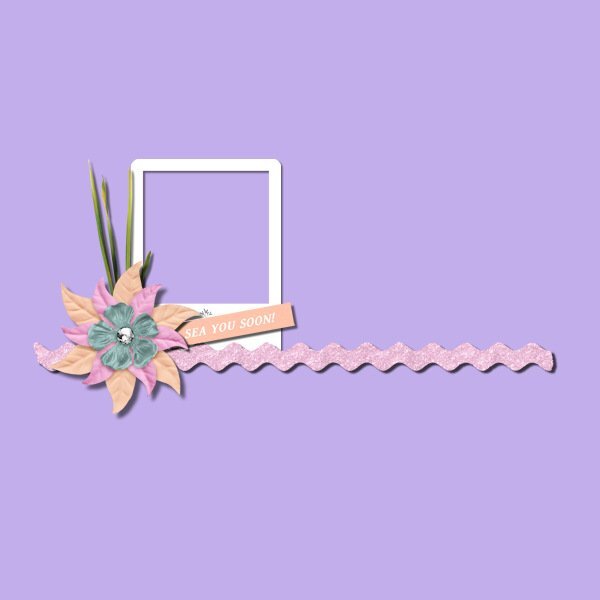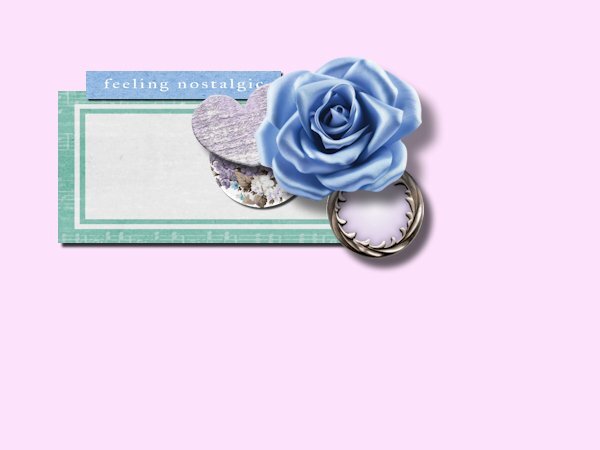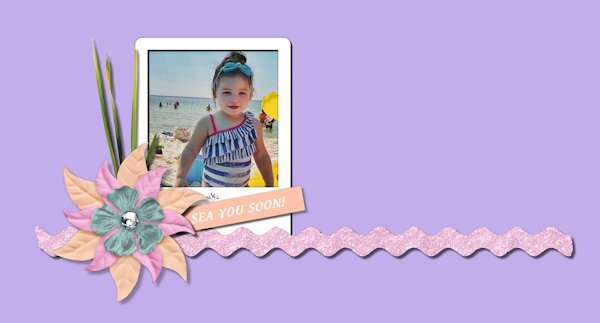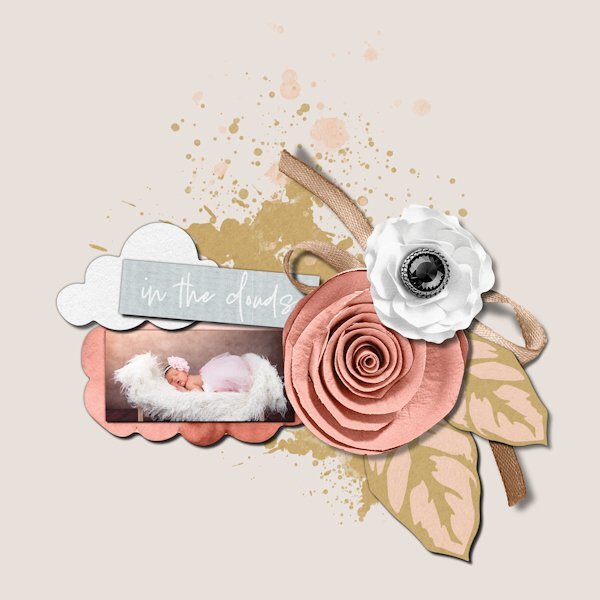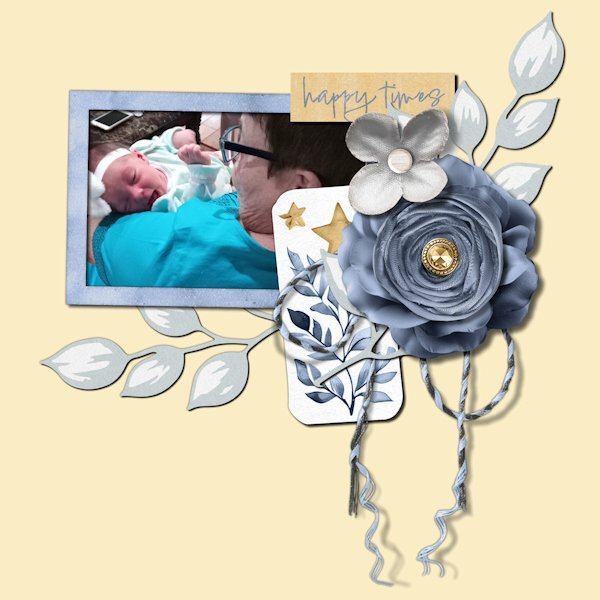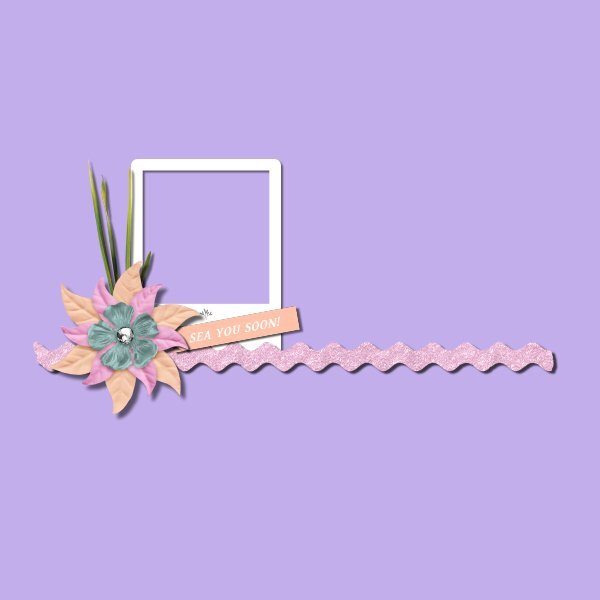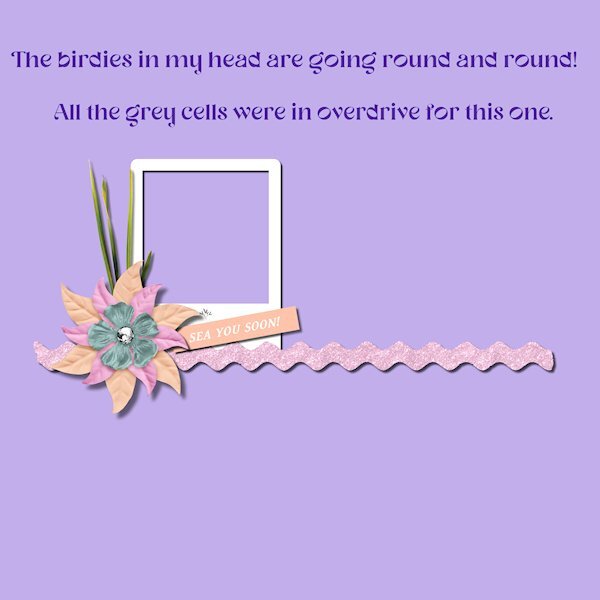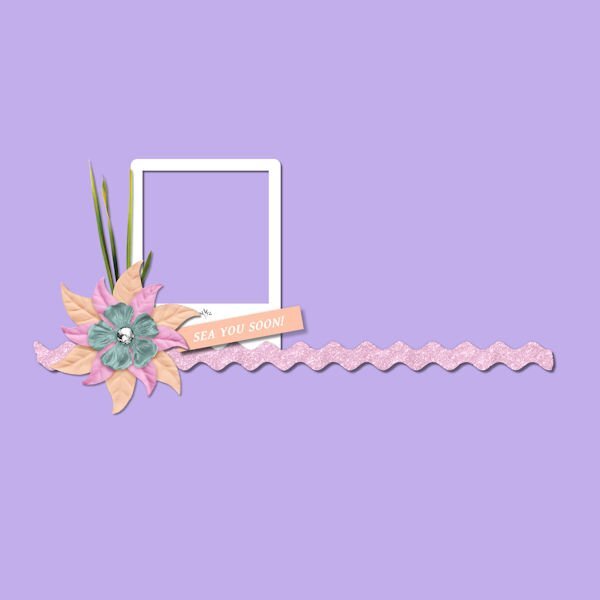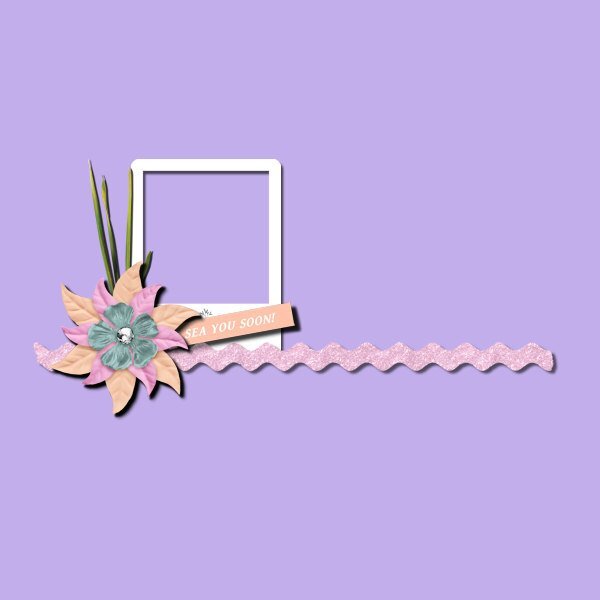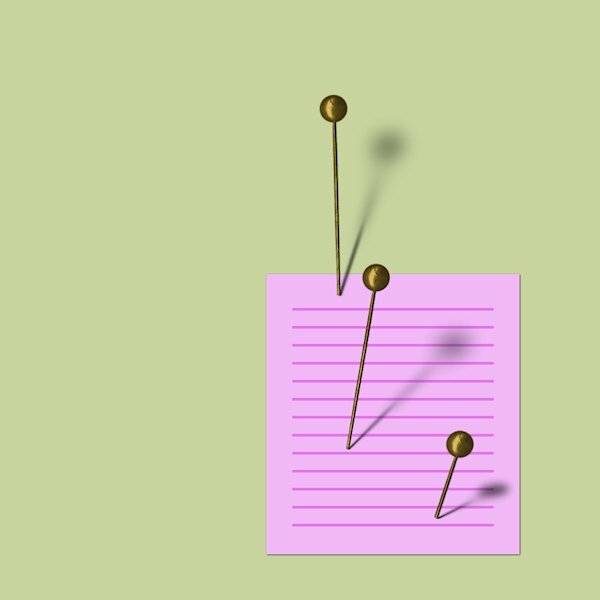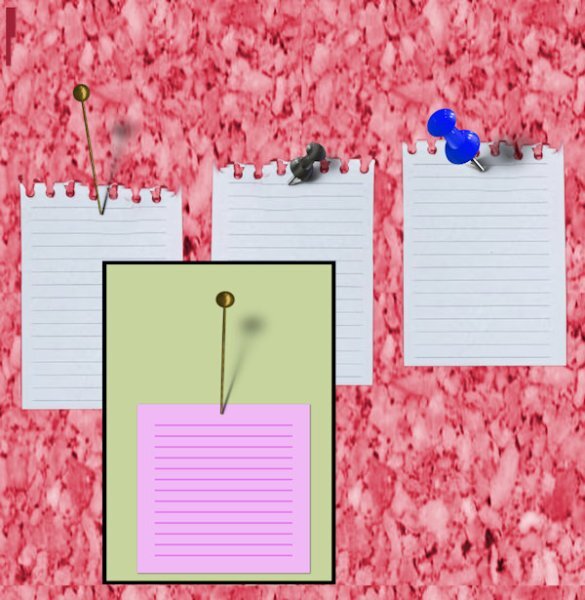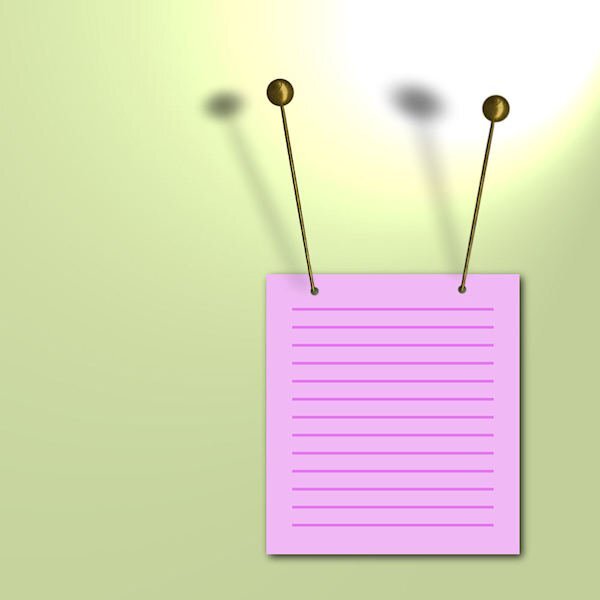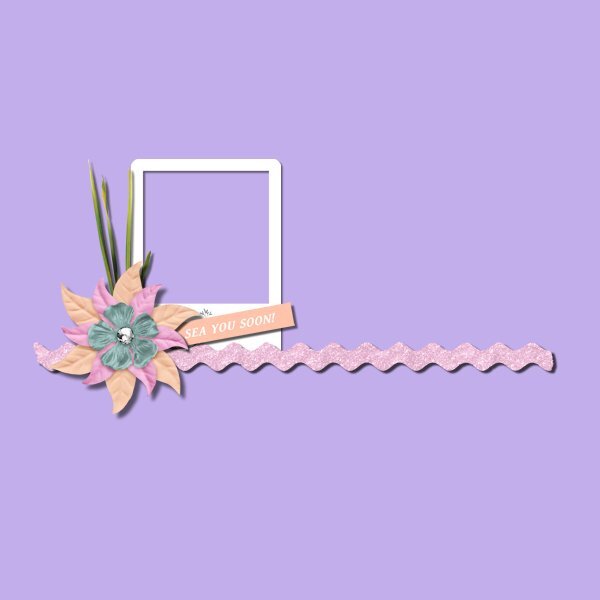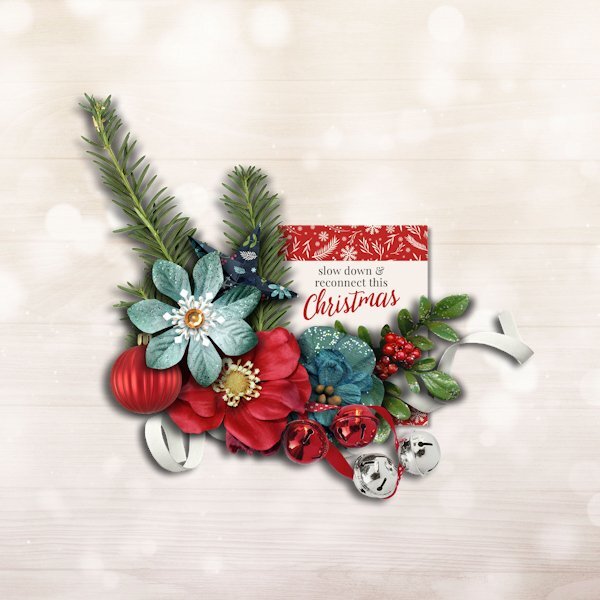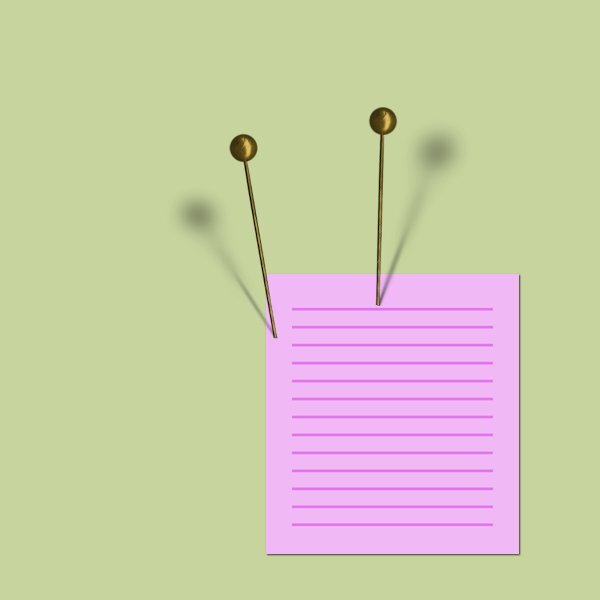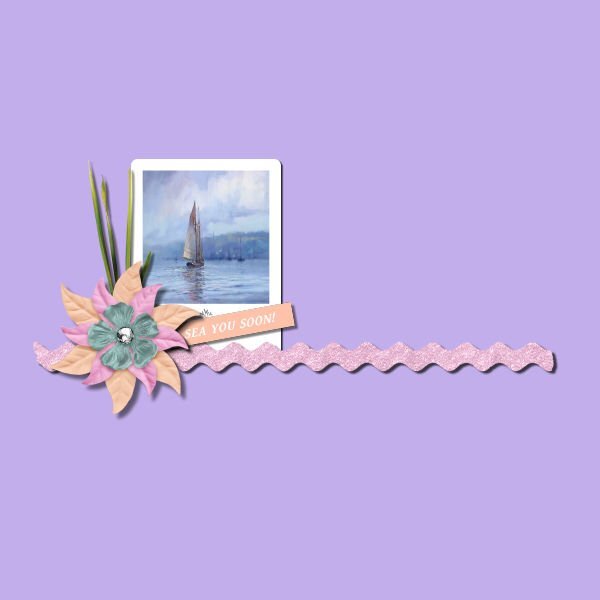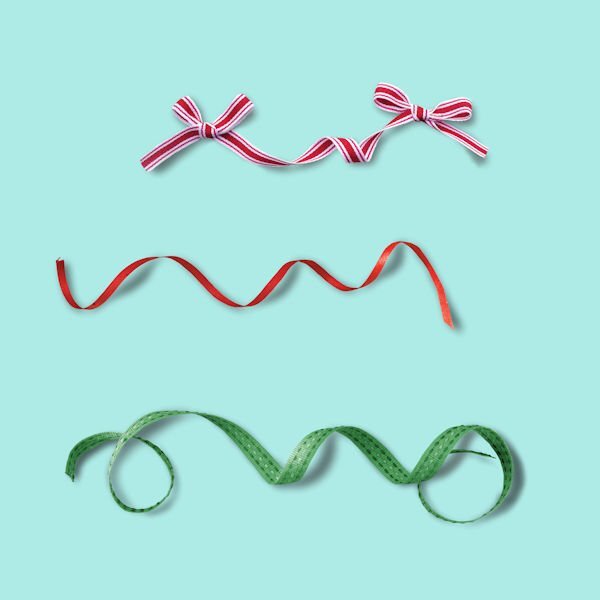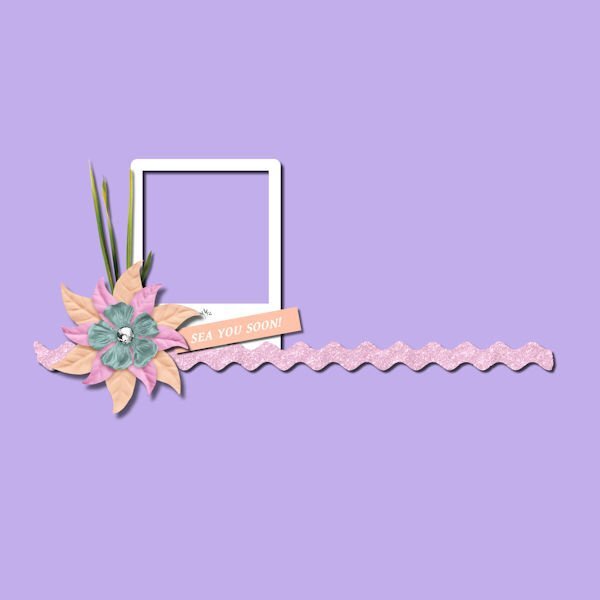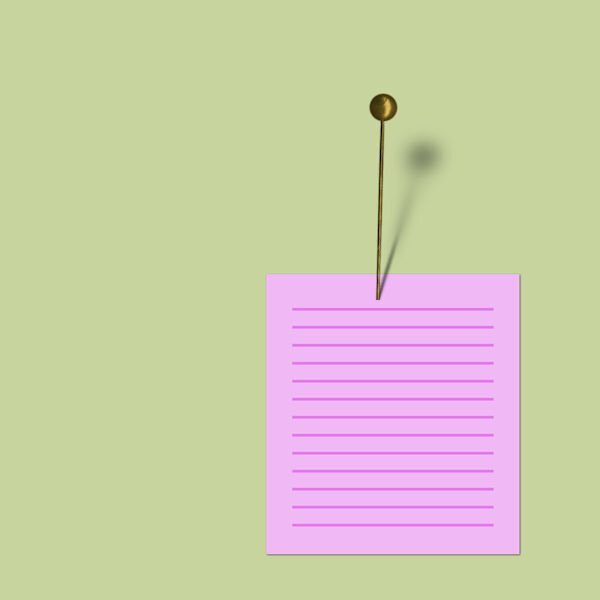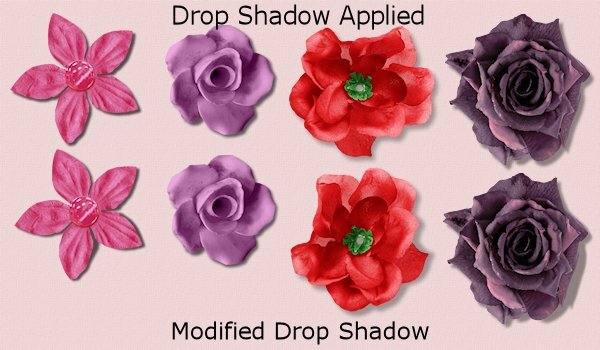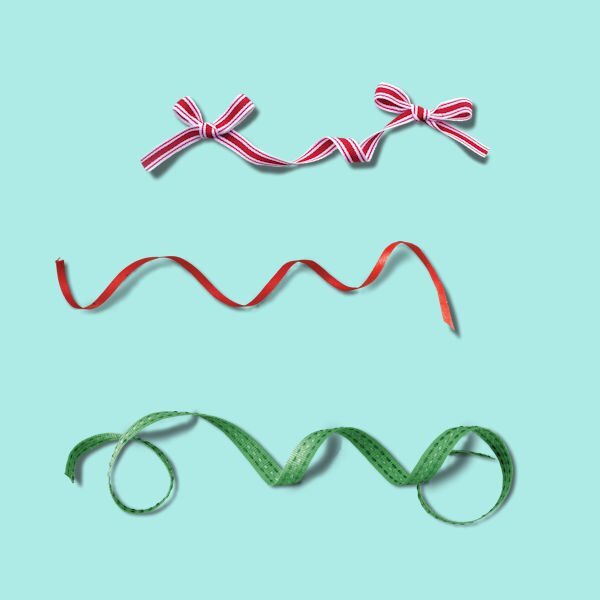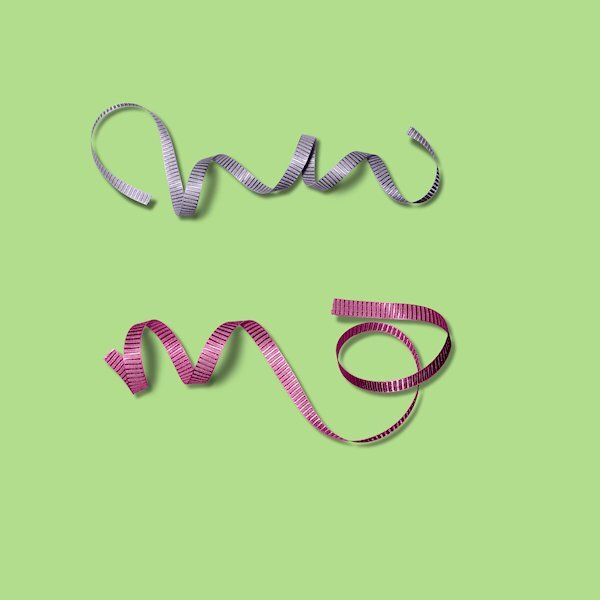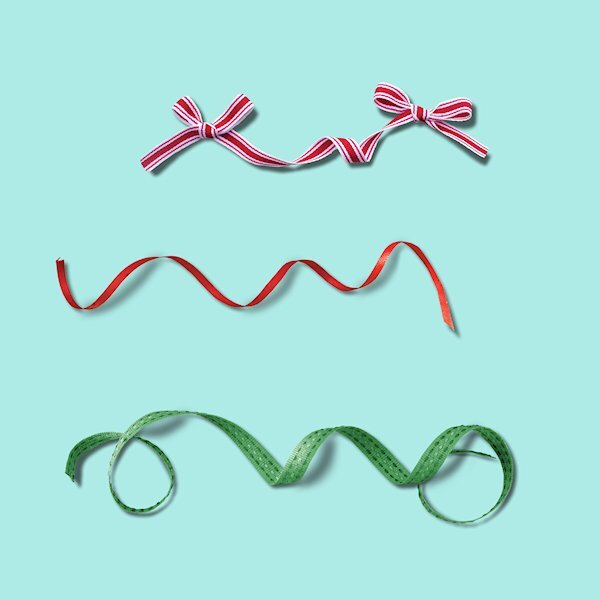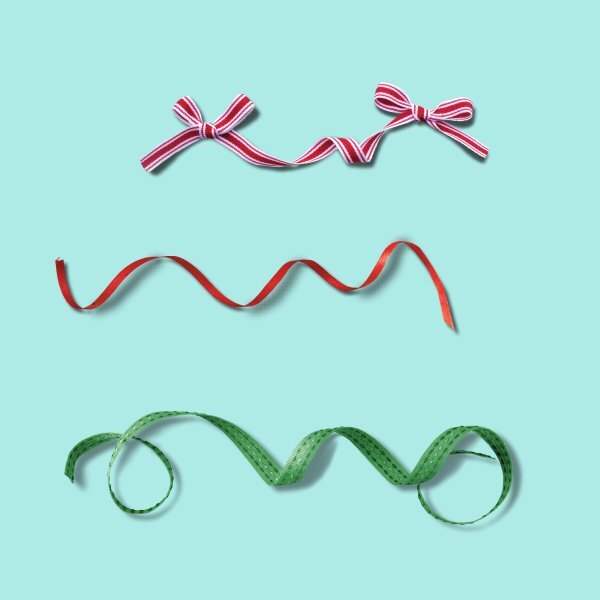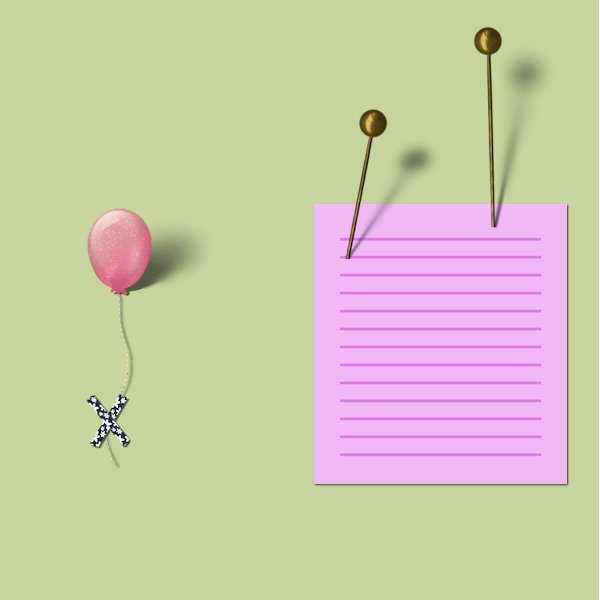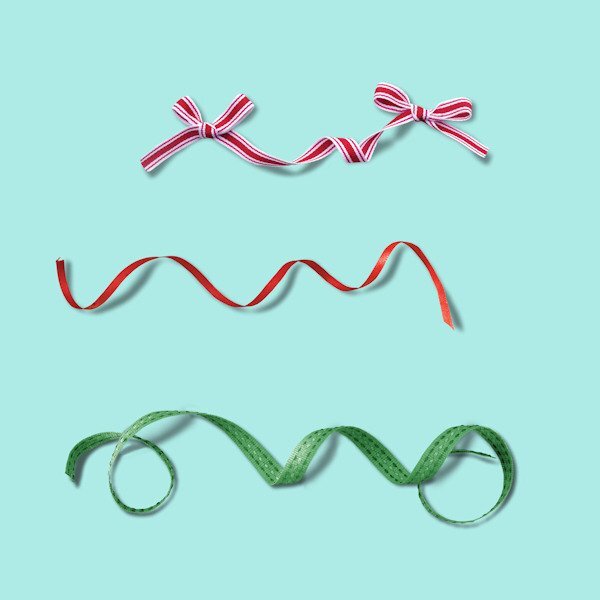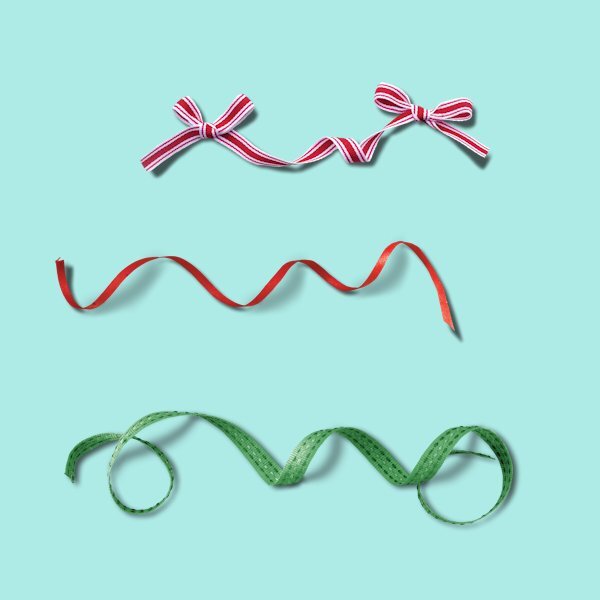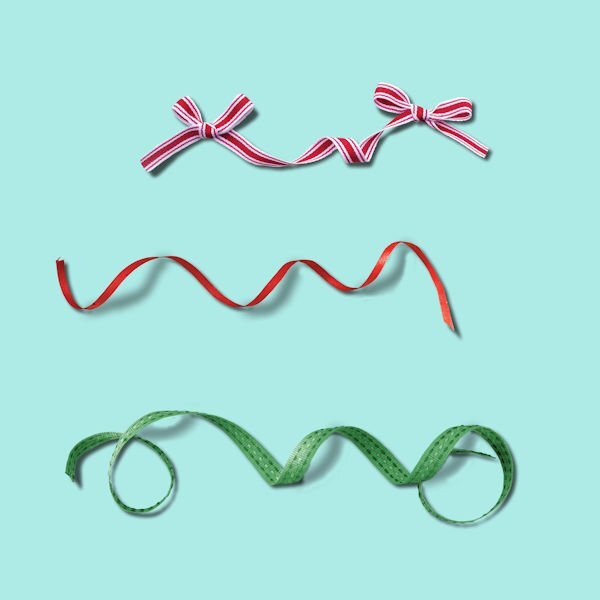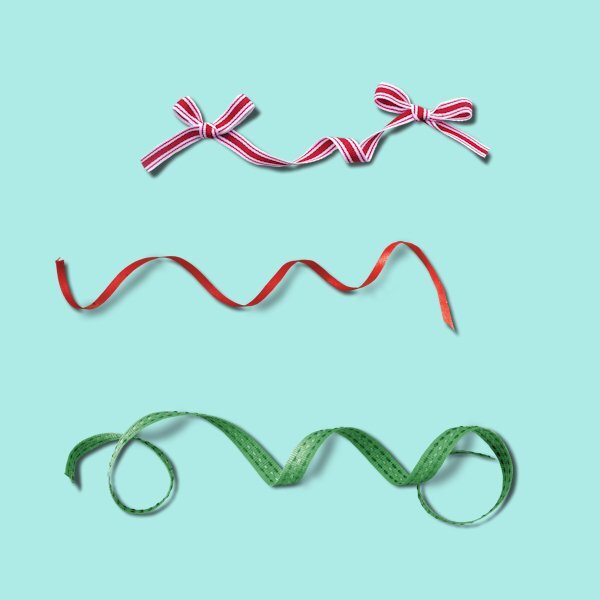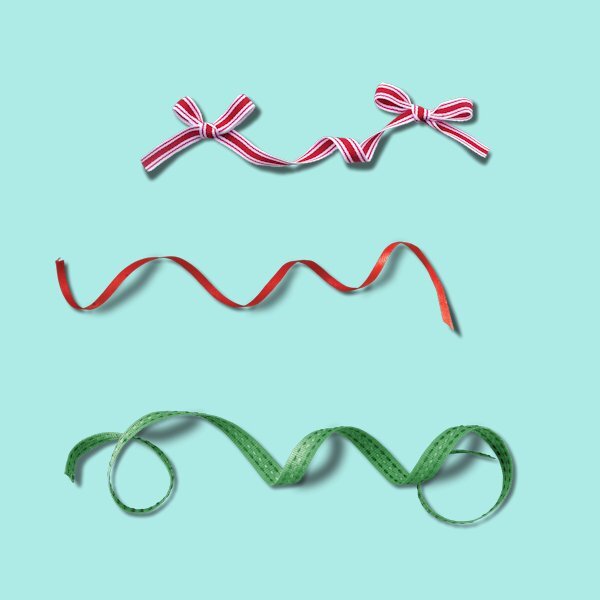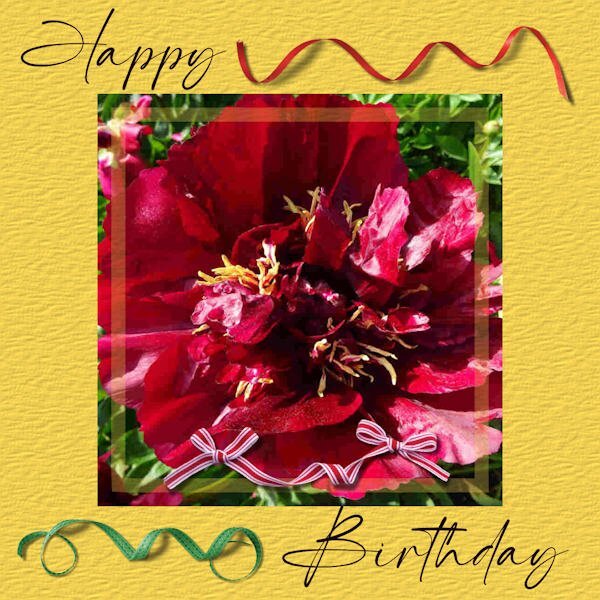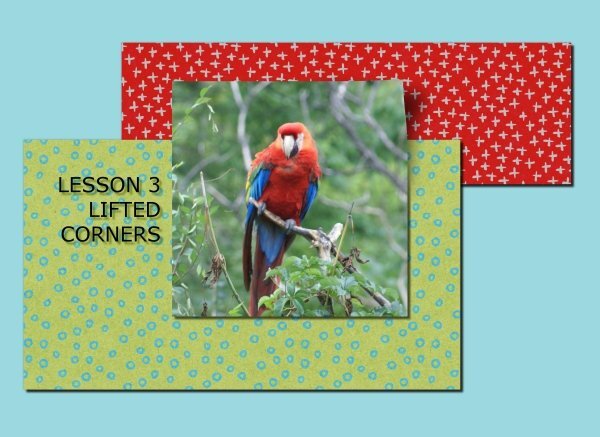Leaderboard
Popular Content
Showing content with the highest reputation on 08/25/2024 in all areas
-
10 points
-
Lesson 5 Curly Ribbons Oh dear, I'm not sure my hand was steady enough for these. And, I did give them a go, although I'm having trouble with lesson 6, not my best one, I am sure. Funnily enough, when I uploaded my lesson here, I noticed mistakes and had to correct those. Easily enough with the warp brush and the eraser.8 points
-
For me this is logical and therefore not very complicated. No problems with unsteady hands here! I only had to keep my focus on the layers and found the trick in the video to hide the shadowed layers temporarily useful. I have no layered clusters in my stash so I made one just a simple one from elements I have. I find it easier to make a cluster when I'm working on a project and I'll will pay more attention to the shadowing on them if needed.8 points
-
8 points
-
7 points
-
Lesson 6 Whew! Call the fire department, cause my grey cells are sizzling! I'm going to try a number 2 version, but I need to put my head in the freezer for a bit. I too, kept going to the wrong shadow layer and I'm looking at the shadows thinking I don't see a difference. I knew right away I wasn't doing it right. I started again and paused the video for each step, kept track of the settings and named the layers as well. I'm glad to know how to do this, despite not using clusters very often. If I could make nice ones, I'd like to be able to shadow them myself in this way. I think this is one of those techniques that if you do it a lot, then it makes perfect sense. You really have know where you are at all times and don't get distracted by cute furballs wanting a cuddle.7 points
-
Lesson 6 Extra Wowzers people, this is some kind of hard stuff! I got pretty mixed up and I made a cluster (I wont be quitting my day job anytime soon) that some of the shadows wouldn't show up because of the angle. oops. I finally had to name them with the names in the video (tag, ribbon, frame, background) because I was getting so mixed up with where I was at. I had a leaf, a tag, a plant sprig and a background. I did the shadows even though you couldn't see them (because of the angle). I like knowing how to do this technique, and I know I need to get a lot more practice. It probably wont show up, but I do see the difference on sprig as one shadow on the sprig is darker than the shadow (from the flower) on the background.6 points
-
6 points
-
6 points
-
Lesson 7 I liked this lesson and even remembered the steps along the way (cause they were short). I finally understand how to use the feathering. Thank you! I never would have thought how this is done. It's pretty simple and fast as well. I tried different settings. I would have liked to try more pins but I'm getting a new hard drive and the data needs to be transferred over so I'll be down for a while. Thank you Carole, for a another informative workshop. I'm sure beyond a basic shadow I would not have come up with these techniques on my own. I'm glad to know them and have access to the videos as well.5 points
-
5 points
-
5 points
-
@Linda J WalkerYour shadows on the curly ribbons are very good! And I would say that the cluster is also a success. @Anja PelzerWhen you have trouble with curly ribbons, you can choose some that are not too curly and you will do just great. But it is a matter of practice. For your extra practice, the "added" effect looks good. The only thing seems that in some places, where the ribbon is flat or touching the paper, the offset is too much. But the curly parts look good. The shadows on the clusters look great. @Susan Ewart I think your shadows on the curly ribbons are fairly good, even if not to your taste. And yes, when working on those multiple layers in a cluster, you have to avoid distractions. It is not hard to do, but easy to lose your "train of thought" so to speak. I also see a difference in the shadows for your cluster. It looks great. @Carolyn Rye Yes, I also find that using a mouse is harder. Making a smooth line or curve is difficult. @Jen Brown The shadows on the set of flowers are ok. I think that the flowers on the right could probably have more offset and more blur too. @Sheila HoggYou managed to make very good shadows on those curly ribbons! And for the cluster, you also did very well. @Rene MarkerYou are right. In most cases, those details are not going to be very obvious. It will likely show more if the elements are thicker (like a shadow over a button). I am sure that in most clusters, scrappers will use "regular" shadows and it will be ok. Now, knowing that in reality, it MIGHT be important, one just has to consider how much of an importance it has and if it is, then we'd know what to do. And thanks for the tip on odd number of elements. You are also correct in mentioning the multiple lightings in anything that surrounds us: a window, a ceiling light, and light bouncing off a white wall. The only thing to remember is consistency: if you happen to have double shadows on one element, it would have to apply to all; if the shadows are mostly in one direction, it should apply to all. Different light sources won't shine only on some elements. I think that is where some scrappers can make a mistake: trying to simulate multiple light sources, they end up with shadows that are random. @Daniel HessI would say that your shadows on the cluster are a bit too "strong", however, it makes the difference very obvious when the shadows overlap an edge so it shows well that difference between the surfaces. @Gerry Landreth Those additional clusters you shadowed are great! @Corrie KinkelShadowing existing clusters can be very tricky because you have to use settings consistent with the "inside shadows" that the designer already put. Occasionally, it does not fit your current project. I know that a lot of the tutorials might seem "picky" and the result might not look obvious, but the important thing is that now, you know how to do it, and hopefully, it will also give you something to THINK about and you might observe real shadows around you too. It will be up to you to decide when and where to apply those techniques. Tomorrow, we will look at cast shadows, which is something different again! That will be the last lesson. Then, you can start breathing again!5 points
-
I first did it the way I used to shadow (but am not posting it) because I wanted to see if there was any difference in how the shadows worked. To my eye, I saw no difference on the elements so all the extra deleting above elements was just extra work. On the practice I used pretty much the same shadows as Carole for this posted version. The only difference between her version and my other was the shadow on the flower and the frame was a different opacity than Carole's settings. The second image is a cluster I made using elements from a Christmas kit. The shadows used on it were the shadow settings given to me by Jill with some tweaking as I felt needed. As you can see I had a base of a journal card then started layering above it and even included a curly ribbon. This is how I use curly ribbons on my layouts... hide most of it in a cluster. One piece of advice I got about clusters was to always have an odd number of elements in the cluster. Carole's has 5, mine has 11. My cluster will be used on a cover page layout for a series of layouts I do every December called "Document Your December". A layout for each day of the month. I've done this every year since 2017. I also spent some time looking at layouts with clustering in a gallery and I could not see that any of them went the extra steps of deleting parts of shadows. And, they all look realistic to me! However, I can see that it could be useful in some clusters so won't rule out never using it in the future.5 points
-
Had a heck of a time at first. For some unknown reason, the Gaussian Blur was showing on the settings preview and the Overview Pane but not on the actual canvas. Kept undoing and starting over and it never changed. Finally closed the canvas (which actually closed the program), then restarted PSP and pulled the canvas onto the workspace. Then it worked. I did do the 2nd pin and did the shadow to the left for practice. Since it is practice, I didn't consider light source. I wanted to get to know the steps. Now off to think of other items this would be used for...4 points
-
Day 6 Just like Corrie, I found this to be logical. It's easier for me when it's logic over creativity. I'll try to do another cluster tomorrow, but for today my eyes have had it.4 points
-
Day 5 is a miss for me - I have tried but my mouse refused to co operate - fortunately, I rarely use ribbons and at least I have good notes now on what to do should I need to shadow them. Day 6 was easier and it is logical but oh boy, I needed to concentrate without interruptions. I don't generally use clusters but it is nice to learn how best to shadow and showcase them.4 points
-
Exactly! Just looking around my office I have shadows coming in from all directions. Some are harder than others. And they go all directions since some are from windows and others are from lights. One item on a wall actually has shadows on both the left side and right side. Window is to its left and a lamp is to its right. As one scrapper told me once shadowing is subjective and to develop a personal shadowing style. She also said that there isn't always one single light source... unless you are in a controlled environment (like a studio). Also coming from a paper scrapbooking background, there were differences in shadows when looking at the page depending on something as simple as how you are holding the page as well as what time of day or whether you are inside or outside which have different light sources. She uses PS to scrap and always starts with the same basic settings but tweaks them as she builds her layout. I always used to stick to the top left light source on my layouts but as I've progressed and learned from those I admire over the last 15 years, I've become more subjective about shadowing. Funny thing is, when I give the books to my cousin that I do for them, the layouts that get the most compliments are my more recent layouts where I've experimented with shadowing. That makes my heart happy. This workshop though has taught me some new tricks that I can use to further refine the shadows on my layouts. I used the warp trick today on a butterfly on a layout. It looks like it is flying!4 points
-
These are really nice! Maybe you had cross lighting, yet still from overhead, just angled and one light with more intensity than the other. I use it in photography. It depends on the light; hard light soft light, the size of the light source, light bouncing in either by ambient light or a reflector (scrim) and especially the distance of the light to the subject which will determine the light drop off (think of the inverse square law) and how hard and/or soft a shadow is. for example, in side lighting you can get a hard shadow and fill some of it in with a reflector and keep some of the hardness in an area with a flag or a black reflector (which of course doesn't reflect at all). Since I work with continuous lights and low shutter speed my stuff is very contaminated with ambient light bouncing all over. At least I'm practicing set ups for when one day my pipe dream comes true and I own studio strobes. So, really I guess we shouldn't sweat it cause somewhere a real life situation will look just like that and you'll be like hey, check that out, life imitating my layout!4 points
-
4 points
-
4 points
-
3 points
-
3 points
-
The PSD file is the one you want as it will have the elements on different layers.3 points
-
3 points
-
Thanks for the reminder for hiding the shadows. I only did it the once. I had to laugh, this concept and it's steps are logical and easy for you and I struggled to keep it all straight in my head. Doesn't this remind you of how we each were with Scripting (you got it, I didnt). 😅3 points
-
Often, the harder (or pickier) tutorials turn out to be some of the most important ones I've needed to learn. I think this one is an important concept to understand. I can see there is a pattern to the steps that I need to get straight in my head. That will come with more practice I hope. Or...is this the "Shadow" version of scripting for me. hahaha3 points
-
The font is Neug Asia, probably from CF and most definitely more readable the bigger it is. I just learned that. I'm reading a book called Just My Type, about fonts and a bit a history, politics and some humor about fonts and how they all started. One of the things when Type designers were designing was how readable the font(typeface?) is when it's small. Some fonts are great small and are great fonts, but only when they are big. I noticed if this got too small it would make your eyes go wonky.3 points
-
I just wanted to say this has been very informative. I have watched each days vid and played around some. I don't do a lot of clusters, ribbons etc. but if I do, I have all the links saved including the link to this page. I have read a lot of Cassel's comments to each member and some of the comments by other members. There is a lot of useful info in them that I may use at some time. Thanks Cassel and everyone that posted there projects and or commented on others.3 points
-
3 points
-
3 points
-
3 points
-
3 points
-
3 points
-
3 points
-
Lesson 7 In the first place I flipped both of the pins because I want my shadow coming from the top left and the pins haven't. For the right pin I went with all the settings as in the lesson. I made the second pin somewhat shorter and at a different angle, Therefore the shadow could be a tiny bit darker because it was nearer to the background. I was wondering what else I could use to make a different cast shadow. I have other pins but they are only different in color or what is on top. When I was browsing through my stash I found balloons and was wondering if I could make it work this way too. The size of the balloon and the washitape on the string is not in proportion to the other elements on this background, but for this trial I don't mind.2 points
-
I searched for "layered clusters," which narrowed the results. The file types available for download are JPG, TIFF, or PSD.2 points
-
Day 5 Well, I won't say it was torture, but it wasn't easy. I have to work on the points at which the top of the drawn shadows meet the bottom of the original shadows. I couldn't seem to get them to blend well. It's tough working with a mouse, but I'm getting better at it for this type of technique. Oddly enough I found it easier to draw from the top to the bottom. I don't know why.2 points
-
Great information there, Susan. I love fonts and have read heaps about them, I studied them in my Graphic Design course and have enjoyed learning about them ever since. There are some wonderful sources online about type and I often share them with my online graphics group. Working with a good x-height when creating text for layouts is always good. The larger the x-height, the more readable the font is. Also, learning to combine fonts is great especially when creating scrapbook pages. Serif fonts are excellent for journalling because the serif leads the eye along a piece of journalling, although I often use a sans serif font. After all, I love simple, clean fonts.2 points
-
That's awesome Rene. I always love to hear your insights. And a big take away from what you said it to experiment. Being able to make a butterfly fly is what it's all about isn't it. And what a feeling to achieve a look you wanted too.2 points
-
You made me laugh with your comment, but you did it nevertheless, nice font btw!2 points
-
Rene I like your cluster but I hope you don't mind me saying so, but to my eye some of the shadows you used are not coherent with the light coming from the top left. For instance the big red bauble has a shadow on its left side where the light is coming from as well as some parts of the white ribbon and the greenery.2 points
-
2 points
-
2 points
-
I am not very happy with the results and drawing my own shadows by hand and have them nicely fit with the existing ones is very difficult. Like Rene my hand isn't steady enough to make this into a succes! I'm sorry and will try to avoid using this kind of ribbons unless they are already properly shadowed by the designer. I'll check in the store if Carole has a script for such curly ribbons that have a shadow!! There is a tutorial that explains the making of a curly ribbon with shadows and that is a bit of work but gives a nice result. I did one for the Build a Kit from last year. With using the warpbrush I'm more or less oké now and use it when necessary. What I show here is by no means my first attempt and I forgot how many times I started anew.2 points
-
I really hate unusual shadows. 😄 I did download the page for future use. I have some tomatoes that I have to make into sauce today, so I'll save the practice for later. Carole, I know I make a lot of mistakes with shadows, but will keep practicing. I find shadows harder that vectors. Maybe you should make some preset shapes so we don't have to draw them by hand. LOL2 points
-
Well, I have found something that I don't like. My hand is just not steady enough to draw a shadow. IMO, mine look like crap and this is not my first try at it! I did also try just using the push brush on those areas (not shown here) and I can live with how they look. When I use curly ribbons on a layout, they usually are encompassed within a cluster or as a base for a flower/foliage so only the end shadows are what need to be tweaked. I'm sticking with that from now on!2 points
-
2 points
-
2 points
-
2 points



